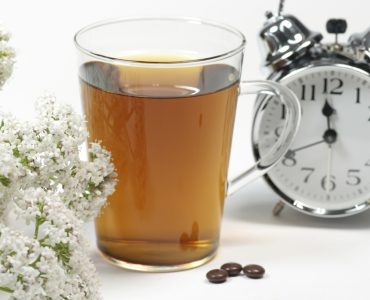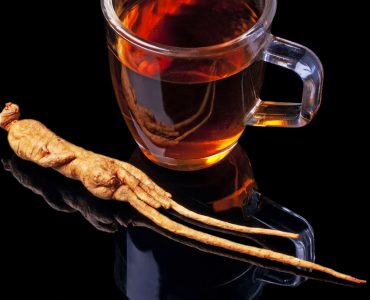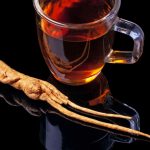According to the World Health Organisation (WHO), about 4 billion people, or 80% of the world’s population, depend on herbal medicine. Herbal medicine is part of the traditional medicines of native people and the common element of homoeopathic, traditional Oriental, Ayurvedic, naturopathic, and Native American Indian medicine. As of now, 119 types of plants have been identified as pharmaceutical medicines. Big pharmaceutical companies are also extensively researching the medicinal possibilities of plant materials from rain forests.
Pharmacologists do not use whole plants; rather, they identify, segregate, extract, and synthesise each component, and obtain the active ingredients. However, the process of synthesising plants for medical use is coupled with problems. Those plants contain minerals, volatile oils, vitamins, glycosides, bioflavanoids, alkaloids, and other important elements essential to the herb’s medicinal properties. Furthermore, these elements isolate and synthesise active compounds that are toxic, even in small dosages.
Commercial medications for heart disease, pain, high blood pressure, and asthma come from substances in plant remains. The ephedra herb has been used in traditional Chinese medicine for over two thousand years. It is used to treat asthma and other respiratory diseases. It contains ephedrine used in commercial medical preparations for the treatment of asthma symptoms and to help patients breathe easier.
Foxglove has been used since 1775 as a modern herbal medicine. The powdered leaf of the plant contains cardiac stimulants that can be used in the treatment of patients with heart problems. Today more than 750,000 types of plants are under scientific study because scientists want to treat diseases using herbal medicine.













